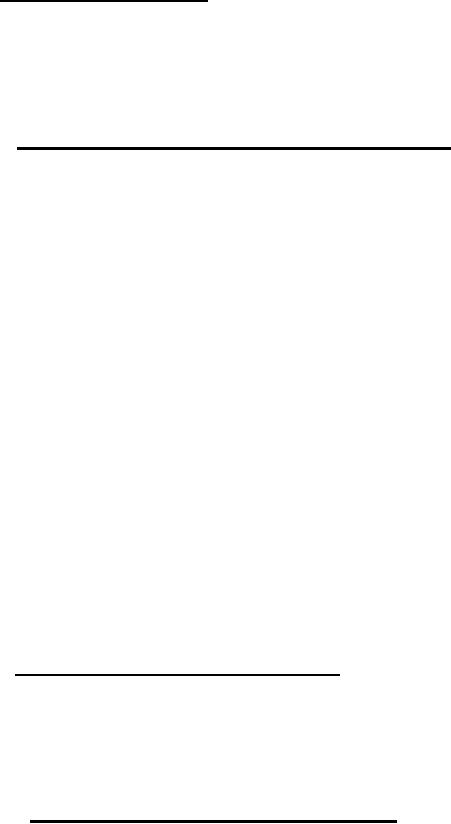 |
|||
|
Page Title:
Determination of interference type |
|
||
| ||||||||||
|
|  MIL-I-19028E(OS)
4.4.8 Conducted interference
4.4.8.1 The inverter shall be tested for sine wave and random noise
interference.
4.4.8.2 The frequency shall be scanned from 14 to 250 kHz, and measure-
ments shall be made at each frequency at which peaks occur.
4.4.8.3 Inverter hookup for conducted interference test (Figure 7)
4.4.8.3.1 The plus side of the dc supply shall be connected to the
ground terminal of the stabilizer.
4.4.8.3.2 The minus side of the dc supply shall be connected to the
shielded power source connecter of the stabilizer.
4.4.8.3.3 The shielded sample connector of the stabilizer shall be con-
nected to terminal C of the inverter connector.
4.4.8.3.4 Terminal A of the inverter connector shall be connected to
the ground terminal of the stabilizer.
4.4.8.3.5 The mounting base of the inverter shall be electrically
connected to the ground terminal of the stabilizer and the stabilizer
connected to earth ground.
4.4.8.3.6 The impedance stabilization network shown on Figure 8 shall
be used. This device shall be connected between the load and the inverter
and these components shall all be fitted with a series N, 50 ohm connects,
to which the interference measuring instrument cable is attached for con-
ducted interference measurements. This network shall have impedance versus
frequency characteristics within 20 percent of the values shown on Figure
9.
4.4.8.3.7 The inverter shall be tested when in the condition described
in 4.4.4.1, 4.4.4.2, 4.4.4.3, and 4.4.4.4.
4.4.8.4 Determination of interference type. In general, electromagnetic
interference will be considered to be CW when it is sharply tunable on the
field intensity meter, nontunable interference being considered to be broad
band. For the purpose of this specification, CW signals will be defined
as those signals for which the ratio of the peak meter indication to the
average or field strength meter indication gives a value of 2.8 or less.
Signals for which this ratio is greater than 2.8 are broadband.
4.4.8.4.1 Interference type and measurement method. For the measurement
of broadband electromagnetic interference, the impulse generator substitu-
tion method with either a slideback peak detector or a direct reading peak-
detector shall be used.
19
|
|
Privacy Statement - Press Release - Copyright Information. - Contact Us |